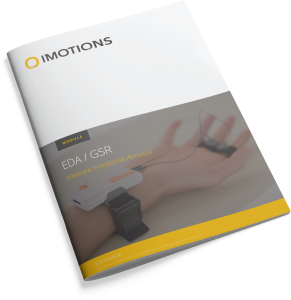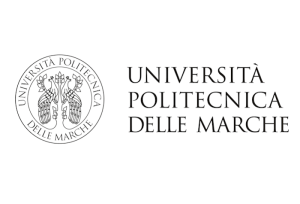Our ability to evaluate long-term goals over immediate rewards is manifested in the brain’s decision circuit. Simplistically, it can be divided into a fast, impulsive, reward “system 1” and a slow, deliberate, control “system 2.” In a noisy eating environment, our cognitive resources may get depleted, potentially leading to cognitive overload, emotional arousal, and consequently more rash decisions, such as unhealthy food choices. Here, we investigated the combined impact of cognitive regulation and ambient noise on food cravings through neurophysiological activity. Thirty-seven participants were recruited for an adapted version of the Regulation of Craving (ROC) task. All participants underwent two sessions of the ROC task; once with soft ambient restaurant noise (∼50 dB) and once with loud ambient restaurant noise (∼70 dB), while data from electroencephalography (EEG), electrodermal activity (EDA), and self-reported craving were collected for all palatable food images presented in the task. The results indicated that thinking about future (“later”) consequences vs. immediate (“now”) sensations associated with the food decreased cravings, which were mediated by frontal EEG alpha power. Likewise, “later” trials also increased frontal alpha asymmetry (FAA) —an index for emotional motivation. Furthermore, loud (vs. soft) noise increased alpha, beta, and theta activity, but for theta activity, this was solely occurring during “later” trials. Similarly, EDA signal peak probability was also higher during loud noise. Collectively, our findings suggest that the presence of loud ambient noise in conjunction with prospective thinking can lead to the highest emotional arousal and cognitive load as measured by EDA and EEG, respectively, both of which are important in regulating cravings and decisions. Thus, exploring the combined effects of interoceptive regulation and exteroceptive cues on food-related decision-making could be methodologically advantageous in consumer neuroscience and entail theoretical, commercial, and managerial implications.
Scientific Publications from Researchers Using iMotions
iMotion is used for some of the most interesting human behavior research studies done by top researchers around the world. Contact us to have your publication featured here.
All Publications











